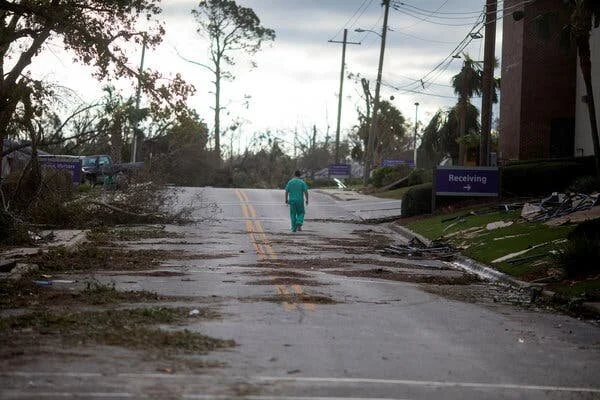Haven
A Solution for Hospitals During an Emergency
AngelHack Manhattan 2019
Entrepreneur: Jason Lee (Entreprenuer)
Prafull Kotecha (Engineer)
James Waugh (Engineer)
Julia Sevilla (UX Designer)
Allison Putnam (UX Designer)
“In Florida, 4 hospitals and 11 nursing facilities were closed…35 hospitals or nursing homes in that state were without electricity”
-NYTimes on Hurricane Michael, 2018
Getting Started
My team and I started this project in 2019, about six months before the Coronavirus pandemic began to hit NYC at its worst. We did not know this incredible disaster was coming, and we had not expected the shortage of PPE and respirators. This somewhat recent event proves the absolute need to design systems and products before disaster strikes, that can help ease the burden on institutions like hospitals, fire departments and non-profits.
We based our background research on the devastation Hurricane Michael brought to hospitals in Florida.
Problem Statement
In the event of a natural disaster or emergency it can be unclear for hospitals where to transport patients especially those with mobility issues. These patients require attentive care and access to specific resources.
Hospitals Pummeled by Hurricane Michael Scramble to Evacuate Patients -NYTimes
Solution
The engineers in our group were able to design a backend data structure for organizing essential resources that a hospital might need in a variety of emergencies. Blockchain technology was implemented to keep an accurate count of supplies in various places as an event progressed and supples and need moved.


